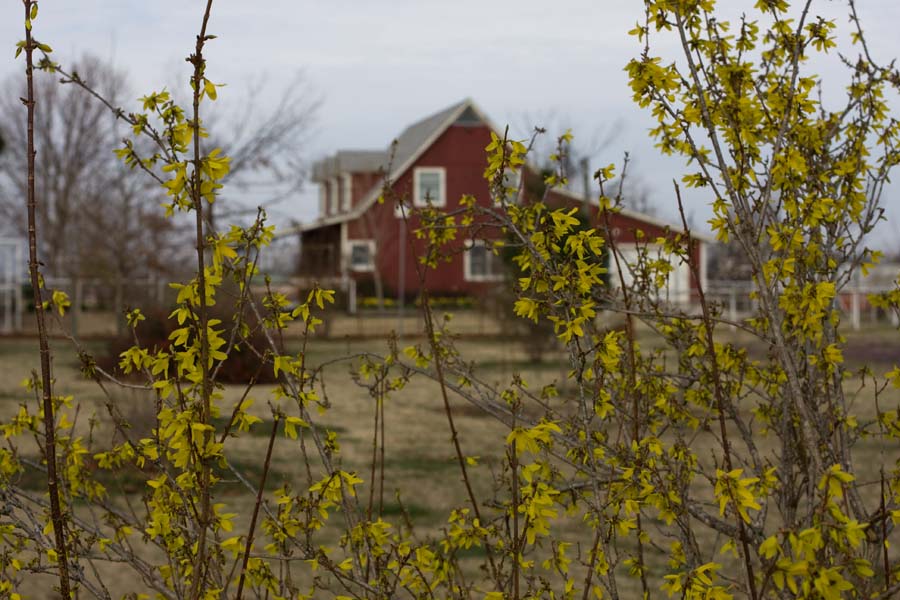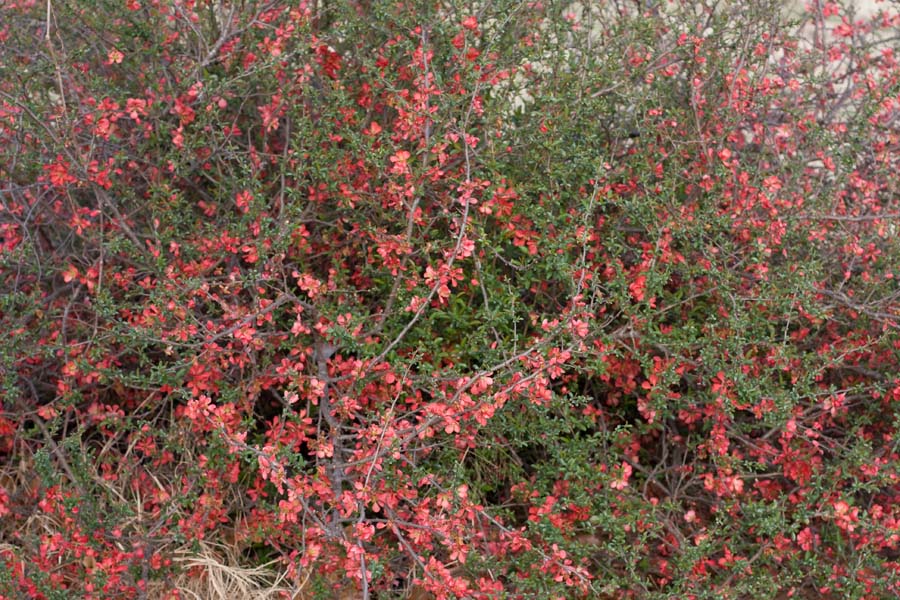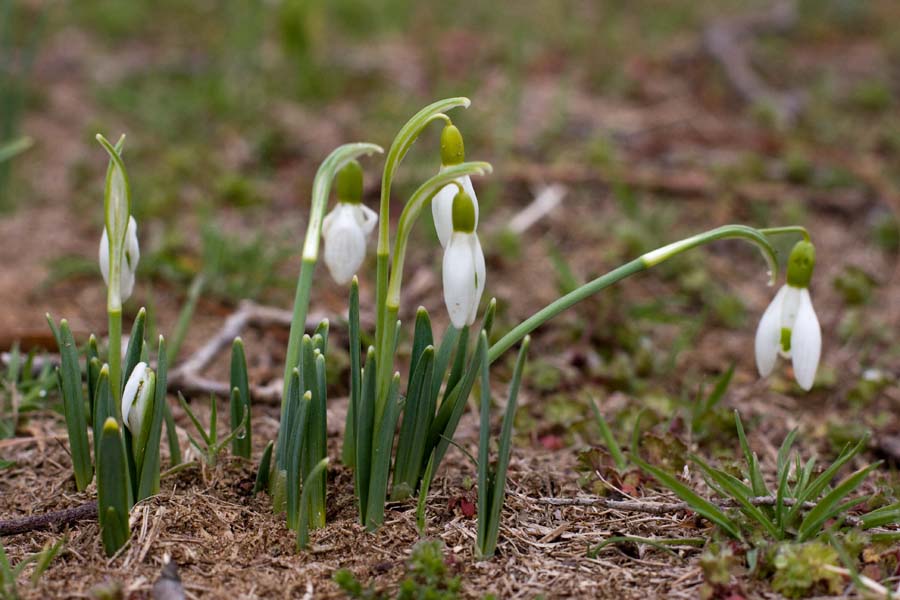 This week’s FFP reminds me of that one-sided phone conversation often found placarded near the desks of shipping-and-receiving clerks:
This week’s FFP reminds me of that one-sided phone conversation often found placarded near the desks of shipping-and-receiving clerks:
“You want it good, fast, and cheap? Pick two and call me back.”
I have to pick just one? Trying to pick just one floral photo per week is near impossible this time of year. Not counting plants that are still in bloom from previous weeks, I can count seven definite candidates. Some will still be available for next week’s slot, but which ones? Next week there may well be more options than there are this week.
Okay, so I’m going to make an exception. Three seems to be a good number.
Nothing is more old fashioned than forsythia and quince. If you haven’t seen either of these two, then you have lived in a cave all of your life. Perhaps you are a city dweller, which would amount to the same thing. In any case these two have been found around houses ever since there have been houses.
 The genus Forsythia was named after the Scottish botanist William Forsyth (1737-1804) who first brought the plant from China to England. I am not sure of the species of this particular plant, for there are many hybrids and cultivars around. This one appears to be an improved variety of some sort, as the blooms are a bit lighter yellow than most you see around old abandoned homesteads. My wife especially favors this light canary-yellow forsythia over the more common ones bearing near-orange yellow blossoms. She took this shot, framing our house in the back ground between the branches, which some describe as “leggy,” and others, more kind, “open.” You can’t force it to thicken up, so it’s best to keep pruning to a minimum, and only in the spring right after the blossoms fade. After this show in spring it’s just another deciduous shrub, so place it where it will “fade” into the general landscape.
The genus Forsythia was named after the Scottish botanist William Forsyth (1737-1804) who first brought the plant from China to England. I am not sure of the species of this particular plant, for there are many hybrids and cultivars around. This one appears to be an improved variety of some sort, as the blooms are a bit lighter yellow than most you see around old abandoned homesteads. My wife especially favors this light canary-yellow forsythia over the more common ones bearing near-orange yellow blossoms. She took this shot, framing our house in the back ground between the branches, which some describe as “leggy,” and others, more kind, “open.” You can’t force it to thicken up, so it’s best to keep pruning to a minimum, and only in the spring right after the blossoms fade. After this show in spring it’s just another deciduous shrub, so place it where it will “fade” into the general landscape.
 Flowering quince, another old-fashioned shrub, is generally found where forsythia is found. It too has little to offer after the spring show, so don’t make it the centerpiece of your landscape. The old timers often mistakenly called it japonica after the species of its Latin name, Chaenomeles japonica. The red blossoms of the quince resemble apple blossoms, of which they are related, and a few of the blooms do turn into odd little misshapen “apples.” There is a quince of some near relation whose fruit is used to make jellies and preserves, but I’ve never seen one. This shot was also taken by my wife.
Flowering quince, another old-fashioned shrub, is generally found where forsythia is found. It too has little to offer after the spring show, so don’t make it the centerpiece of your landscape. The old timers often mistakenly called it japonica after the species of its Latin name, Chaenomeles japonica. The red blossoms of the quince resemble apple blossoms, of which they are related, and a few of the blooms do turn into odd little misshapen “apples.” There is a quince of some near relation whose fruit is used to make jellies and preserves, but I’ve never seen one. This shot was also taken by my wife.
 These last little dainties are snowdrops, Galanthus nivalis. One of the lesser spring bulbs, it is best viewed with your face to the ground turned sideways, as the pure white blooms droop down from stalks barely three inches tall. The little ring of bulbs we planted some years ago around a Chinese dogwood seem to be prospering, but I fancy our summer climate is a bit extreme. I have never seen snowdrops elsewhere, but the catalog photos show them to be a bit larger than these. This shot is mine, for alas, my dear wife’s shot was from an “aerial” vantage point.
These last little dainties are snowdrops, Galanthus nivalis. One of the lesser spring bulbs, it is best viewed with your face to the ground turned sideways, as the pure white blooms droop down from stalks barely three inches tall. The little ring of bulbs we planted some years ago around a Chinese dogwood seem to be prospering, but I fancy our summer climate is a bit extreme. I have never seen snowdrops elsewhere, but the catalog photos show them to be a bit larger than these. This shot is mine, for alas, my dear wife’s shot was from an “aerial” vantage point.
Have a great weekend, and a worshipful Lord’s day.
